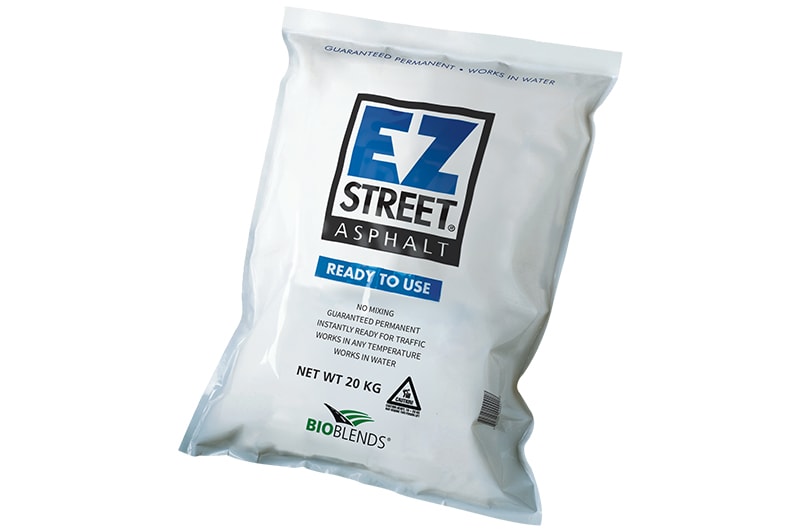Asphalt patching is a process that involves spreading a thin layer of asphalt on top of a recently-damaged area. It’s commonly used for minor cracks and holes on pavement, as well as for sealing small potholes.
While it might seem like a simple fix, there are some dangerous problems with asphalt patching that you should be aware of before you start working on your car or driveway. There are three types of asphalt patching: liquid, hot asphalt, and cold asphalt. Each has its own benefits and drawbacks.
Liquid Asphalt Patching: Liquid asphalt is the most common type and it is used when a small area needs to be repaired quickly. The asphalt is applied with a hose or a sprayer and it dries very quickly so it can be patched very easily. However, liquid asphalt is not as durable as other types and it can easily crack if the temperature gets too high or if there is too much traffic. For more details regarding asphalt renovation, you can simply browse the web.

Hot Asphalt Patching: Hot asphalt is used when the area needs more durability than liquid asphalt can provide. The asphalt is heated before application so it becomes a gooey substance that can more easily be applied to large areas. Hot asphalt also has a longer lifespan than liquid asphalt, but it can be more difficult to apply because you have to use a special machine called a drum roller.
Cold Asphalt Patching: Cold asphalt is used when the area needs to be waterproofed or when there are issues with liquids freezing in cold weather.